Beloved subscribers, it’s been a hot minute. I’ve intersected three countries (and creative residencies) in the past month alone, pausing just now in a sun-dappled secret garden of knotted greenery, to write to you. This fairytale moment is transmitted from under a large canopy of ivy draped across stone pillars and archways, within the winding depths of Alfama, the old part of Lisbon… let me then begin this post with gardens, the feral and the fecund, and how these relate to my recent endeavours.
In a little strip of garden at the front of my grandmother’s house, there lives an unusual sweetheart rosebush. I’d received it as a well-groomed graduation gift when I completed my MFA (close to a decade ago). Instead of keeping it constrained in its pot, I re-gifted it to my grandmother by planting it in that narrow space she cultivated in front of her picture window, nestling it in to the ground beside an exterior hot water tank. My experiences with sweetheart (miniature) rose bushes, previous to this, were that they didn’t last long. To our amazement, the little bush grew and grew and grew in wild ways, extending its branches and blooms everywhere in a raucous red splay, late into the season. Each year it grew taller and bushier, bedecked with a thousand cheeky blooms that Nan would send me pictures of. One day, Pup cut it back almost to nothing because it was so out of control. Yet, this petite domesticated rose had found an unlikely niche and continued to unapologetically assert itself, to my grandmother’s girlish delight.
Gardens and other green spaces are magical zones in which to activate entanglements, to land and to others—to construct fate by shaping future stories within strong, vital patterns of growth (and regrowth). These entanglements hold memories and associations that connect us to that which we have planted, for and with whom. It is these activated (and active) entanglements that for me, imbue a sense of home no matter where I go.
My dear friend, Laura introduced me to a new term recently: fernweh. This fanciful garden-sounding German word means, as she explained it, the opposite of homesick. Instead, it means a strong desire to be elsewhere. I wonder what the word is for the in-between space, the strong desire to be both elsewhere and home, or to find home in the elsewhere? To be homesick for a sense of self rooted in the always-elsewhere, in a perpetual swing between entanglement and release?
Magic rituals typically centre around the desire for either entanglement or release, two fluctuating actions borne of human impulses towards love. I have, in the past two months, activated both kinds of ritual on numerous occasions in multiple places and contexts—both solo and as a ritual guide. After wrapping up a month-long research/ curatorial residency at the Museum of Witchcraft and Magic (UK) in March,1 and installing my (year-long) solo exhibition, Arcanum Sanguinis: Occult Blood, I immediately immersed myself in the Taboo—Transgression—Transcendence (TTTlabs) BioFeral BeachCamp (Ionian University / Athens School of Fine Arts) in Crete for nine unhinged days, installing a collaborative work. Immediately after this, I arrived at my current stint, a two-month residency at Ectopia (with the Institute of Molecular Medicine at University of Lisbon) and Cultivamos Cultura—both in Portugal.
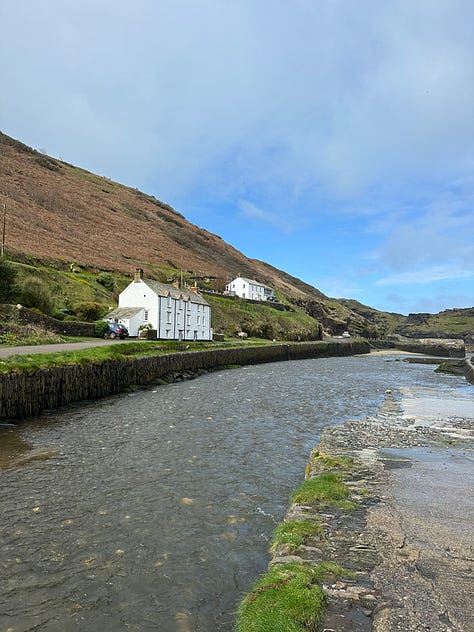
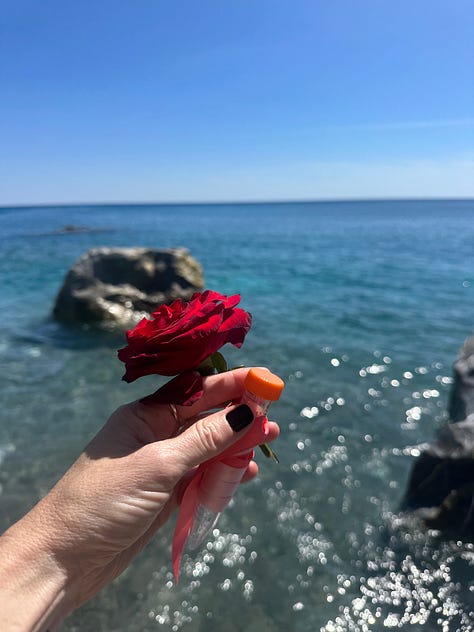
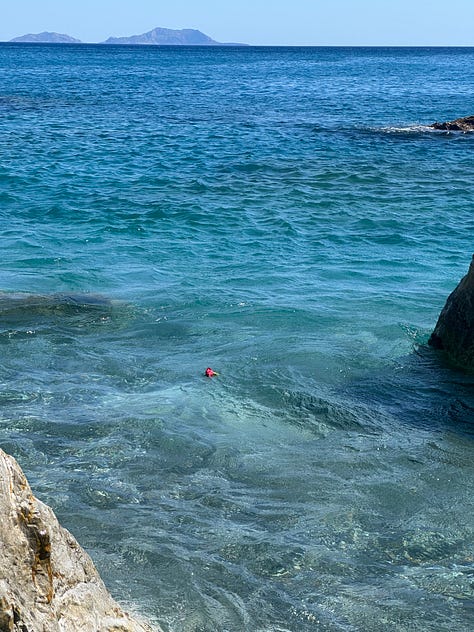
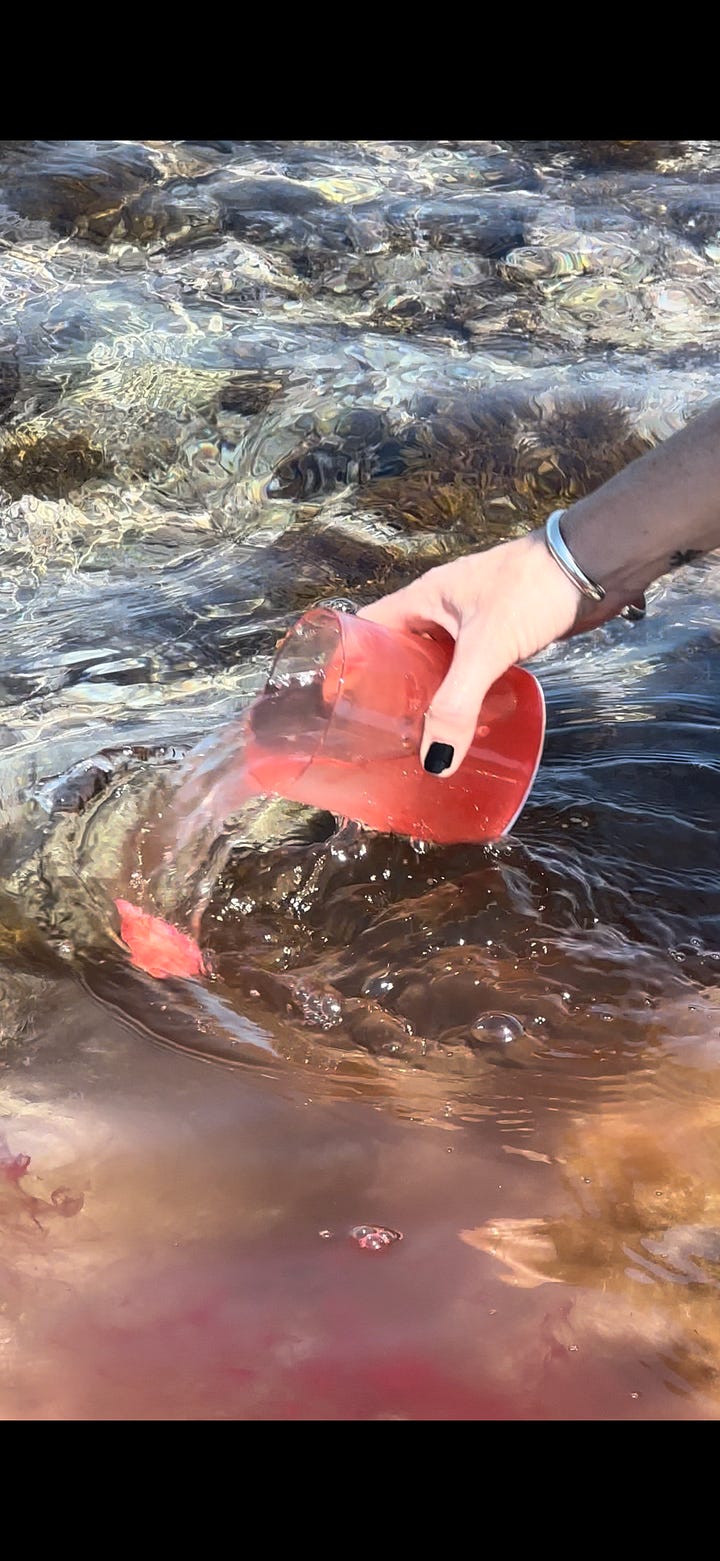
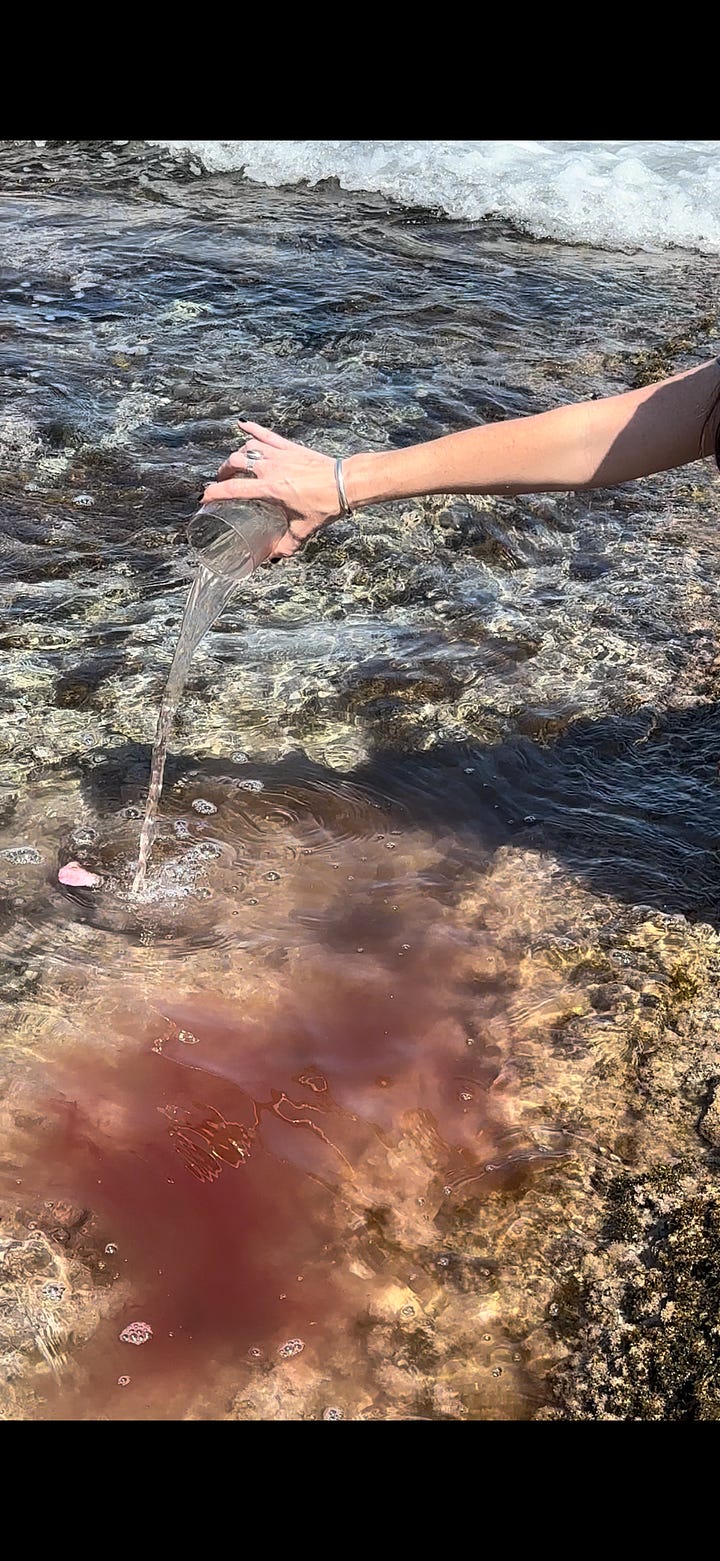
Along this breakneck trajectory, I’ve had the pleasure of working with numerous supportive peers and collaborators—all of whom have graced my existence with their unique intelligences, talents, humour, humanity and care. I carry them forward with me in the acts that have entangled/ enmeshed us together. I cannot think of a better way to work to restore oneself—socially, mentally and emotionally—after a PhD. To that end, this string of events has been a carefully crafted careening; this may seem an oxymoron but I will explain within the framework of ferality.
I’ve been thinking more about the concept of feral in the wake of the (‘bioferal’) residency in Crete, a time and space premised on exploration of taboo topics through speculative, delightfully monstrous activities. Some of those activities drooled from the lip of the imaginary into the lap of realization: life forms were stirred into zombified or mummified or gooey, indeterminate iterations of themselves, from chicken embryos to fern sperm to human reproductive libations at the altar of fertile mixing (see video stills below). The point of the BioFeral BeachCamp (BFBC) was to (re)assemble things in new ways: life-jockeying, so to speak.
The project, Mooncalf Homuncularium, a collaboration between me and Toronto filmmaker, Elizabeth Littlejohn, expanded on and sits adjacent to a project I developed independently at the Museum of Witchcraft and Magic, called the Homuncularium Basiliscus (shown directly below) and which is connected to my PhD research. Both these projects involved the donation of body fluids collected in a vessel and ritually activated in different spaces: garden and forested sculpture annex.
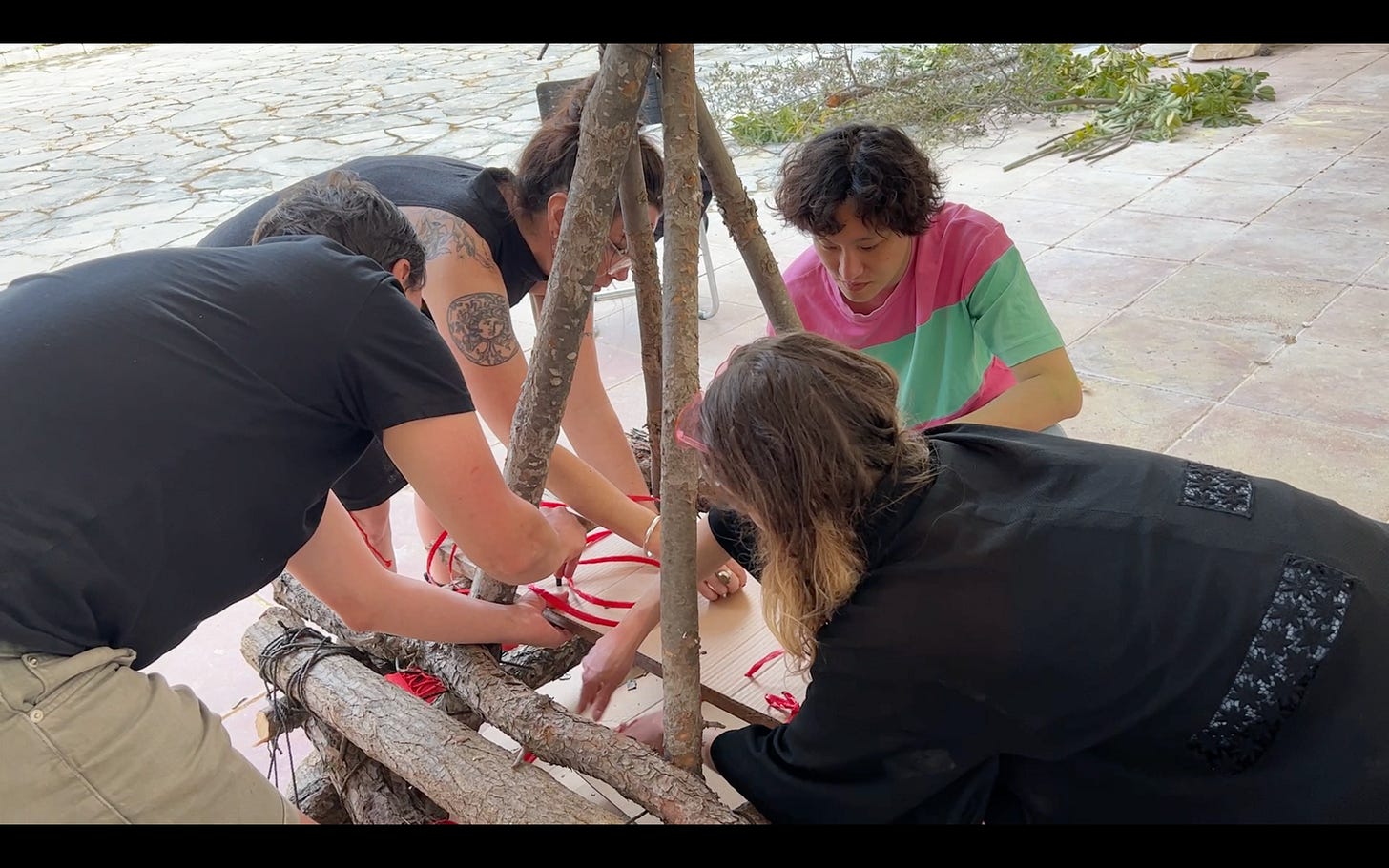
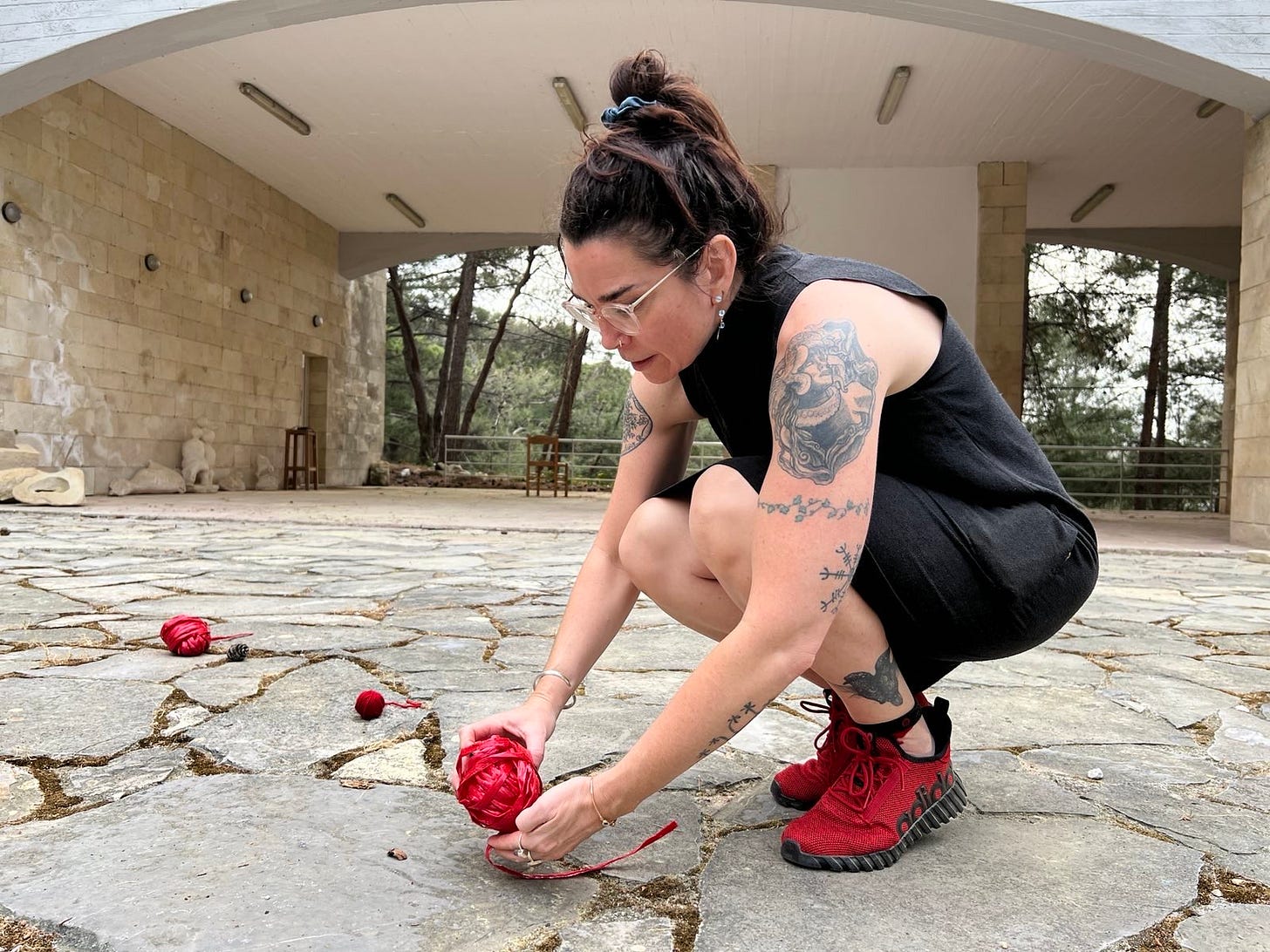
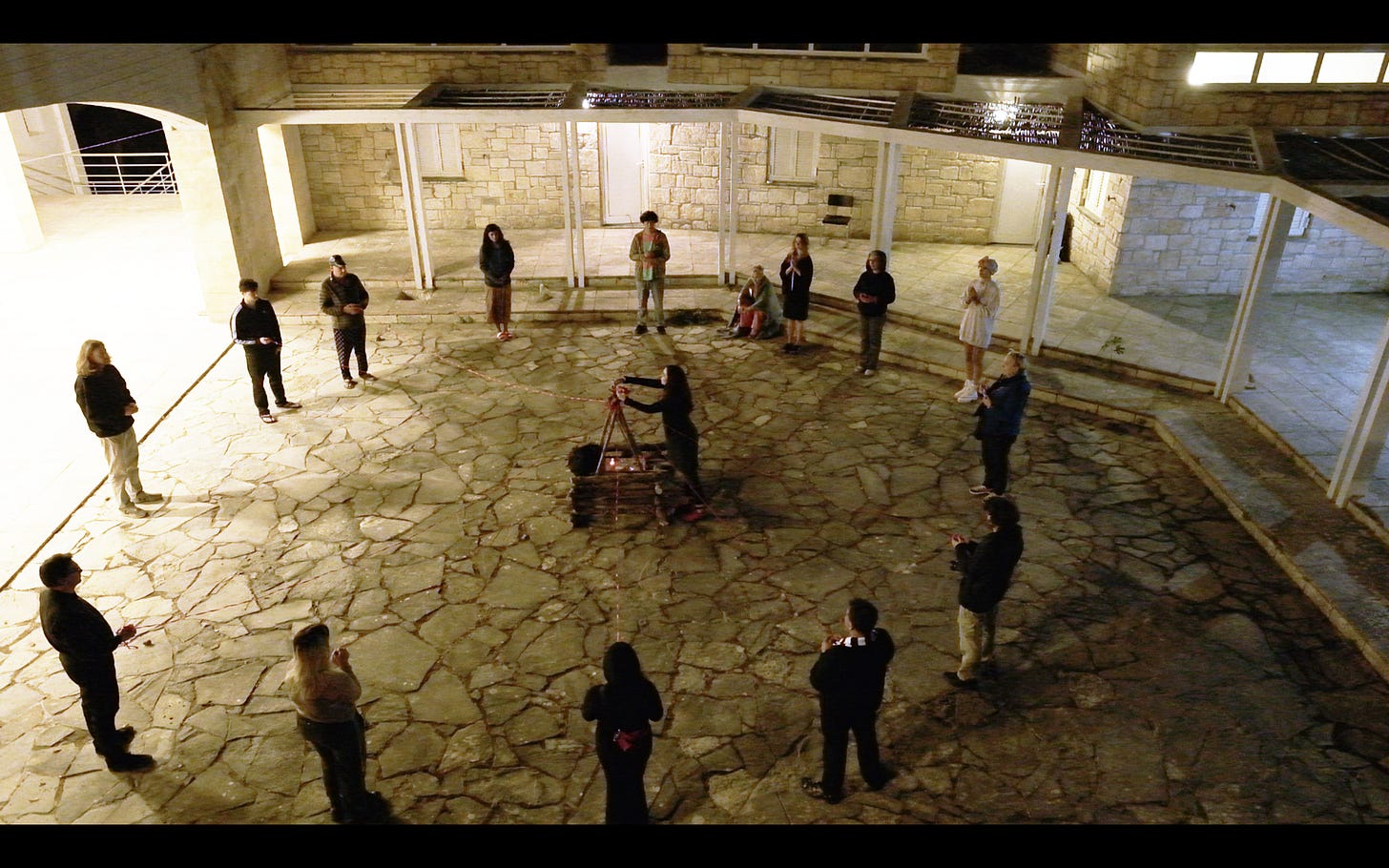
‘Feral’ is a topic explored by a network of labs across Europe (many of which I’ve participated in), part of the Rewilding Cultures initiative. For me, ‘feral’ suggests wilder-ness, not simply wildness. Ferality happens through fierce modes of survival, often in ruderal spaces; the ruderal is a place that exists in ‘natures’ that have been altered by human interests, and displays (re)emergent indicators of life’s painstaking attempts to adapt, grow and thrive in changed ecologies.2 A mutated-out-of-and-back-into-wild, bleeding through human boundaries of control. This is in some ways reflected in the Feral Labs network’s modus operandi of communal isolation, a strategy the BFBC employed, to establish a fringe or outside space for hacking the disquietude of abnormality.3 Feral, therefore, may be perceived as craftiness in the face of challenging circumstances. It resonates also with queer passions, where whole worlds are necessarily re-imagined and possibilities shift towards new light, giving uncontainable energies places to persist.
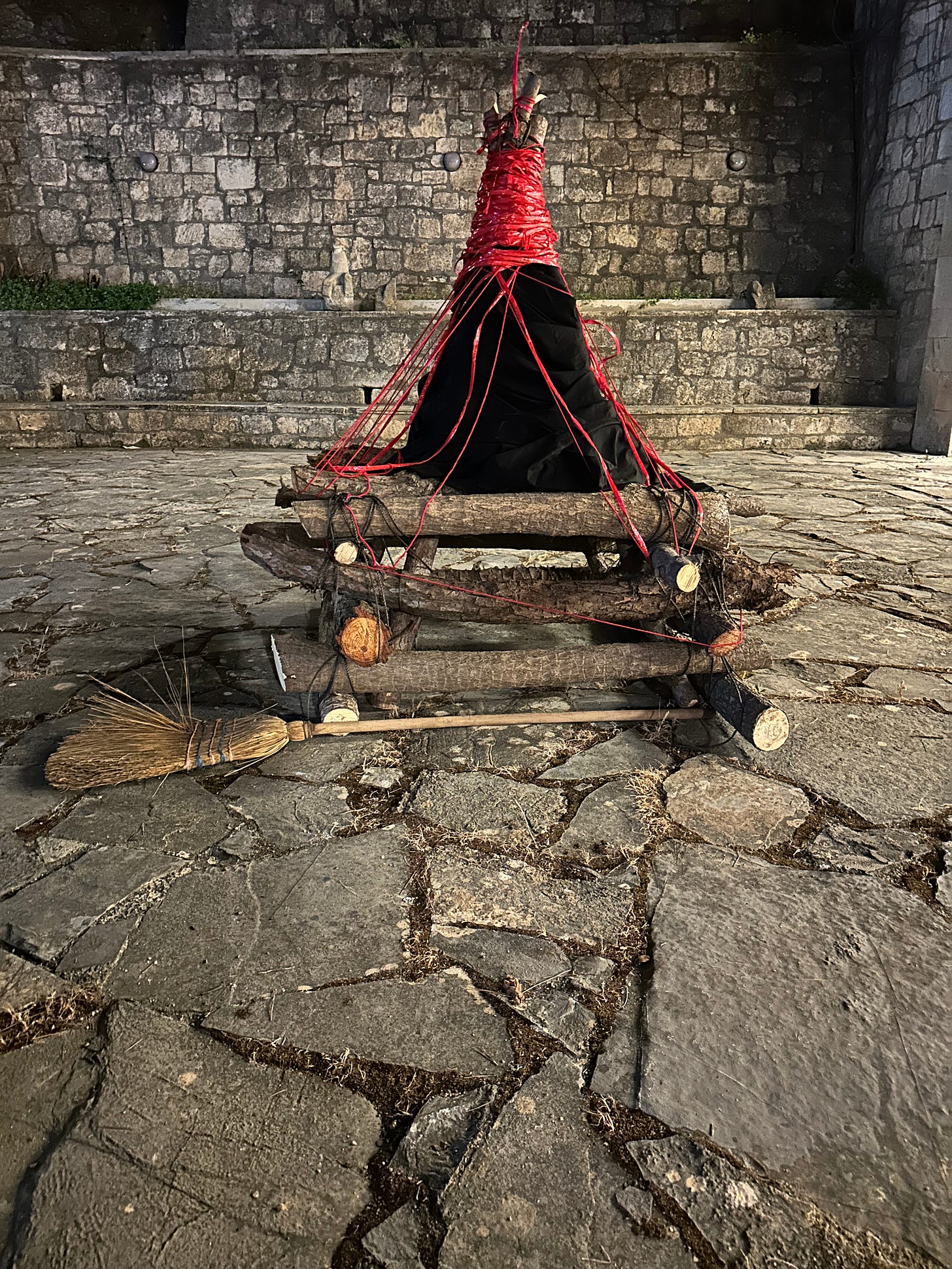
The embrace of abnormality, in my practice, always centres on the abject—extracted or discarded body materials that society attempts to push to the realm of the invisible, a biopolitical occult control measure. I’m not alone in my fascinations, clearly, as I have found creative respite through my circles of witches, bioartists/ biohackers, technophiles, neurodivergents and queers. Soon Elizabeth and I will put together a proper write-up of our project for the TTT website, that will perhaps expand on this.
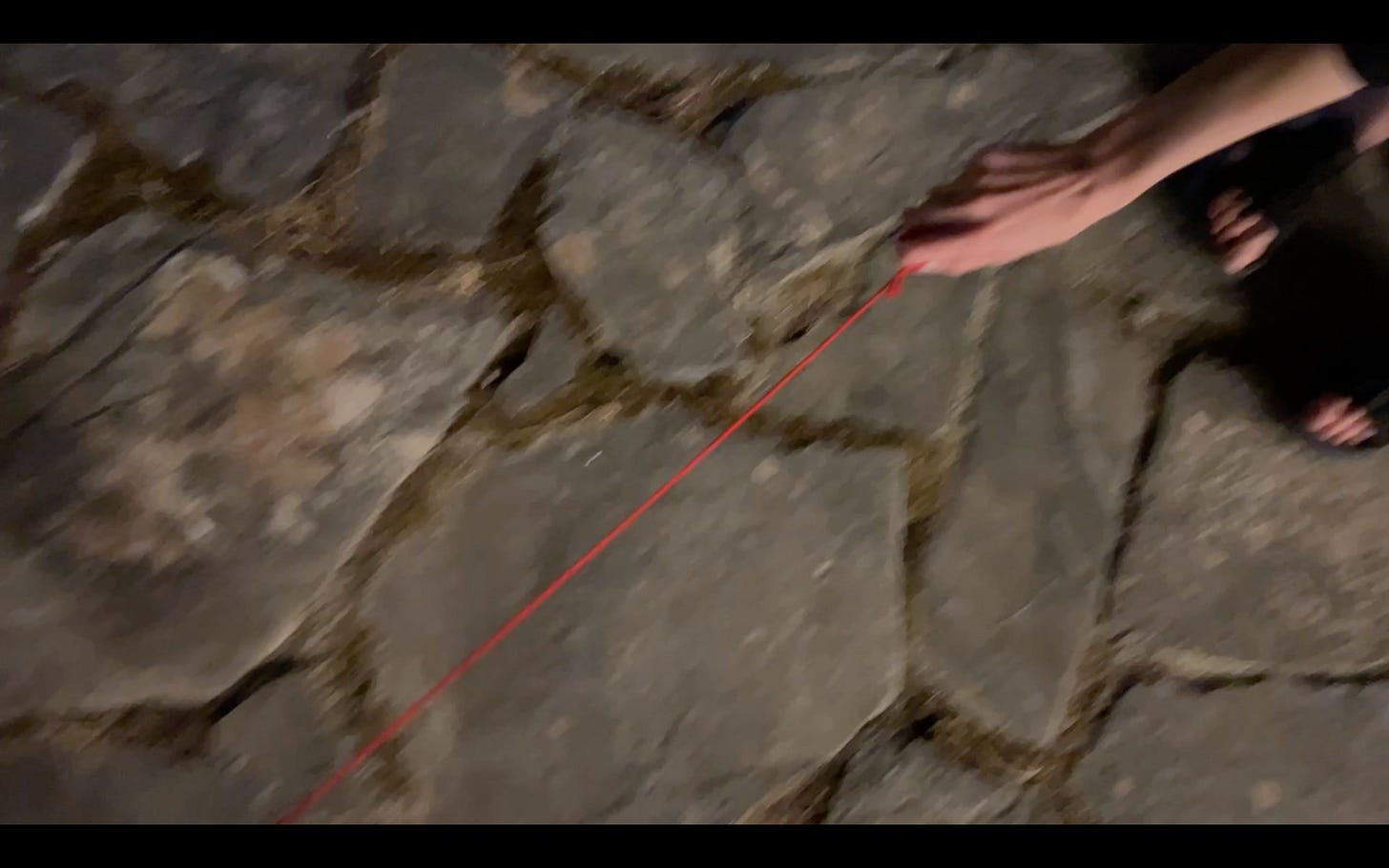
My next post will cover the activities I’m currently undertaking at the Institute of Molecular Medicine, in Luis Graça’s immunology lab at Lisbon University, facilitated through Ectopia and Cultivamos Cultura (founded by Marta de Menzes). It will be a bloody good time, I think, and will result in a new mini-doc production by CC along with a new artwork by me for their permanent collection. In mid-June I will be participating in a public launch of my exhibition catalogue (a small book) through a discussion panel organized in London by the Museum of Witchcraft and Magic; so, I will excerpt from that text (with images) for another post.
After that, I will return to Canada to present at the upcoming FEMeeting conference (whilst also presenting two papers remotely at the ISEA conference in Brisbane). I will have a chance then, for the first time since her passing almost a year and a half ago, to visit my grandmother’s garden and check on our feral floral entanglement—and perhaps gather blooms for a ritual release. The PhD left no time to mourn losses appropriately, and so this will be another loose end of red string within my psyche that I can finally pick up and tend to with care.
I want to give a shoutout to University of Tasmania PhD candidate, Heidi Kenyon, who travelled to Cornwall to work with me and was a critical support in the installation of my exhibition. More from Heidi and me later.
The concept of the ruderal in relationship with witchcraft, was beautifully manifest in a project by artist/researcher (and friend), Margaretha Haughwout in collaboration with Oliver Kellhammer. Visit her website here: https://beforebefore.net/
Read more in the Feral Labs Node Book 1: Rewilding Cultures here: https://rewildingcultures.net/



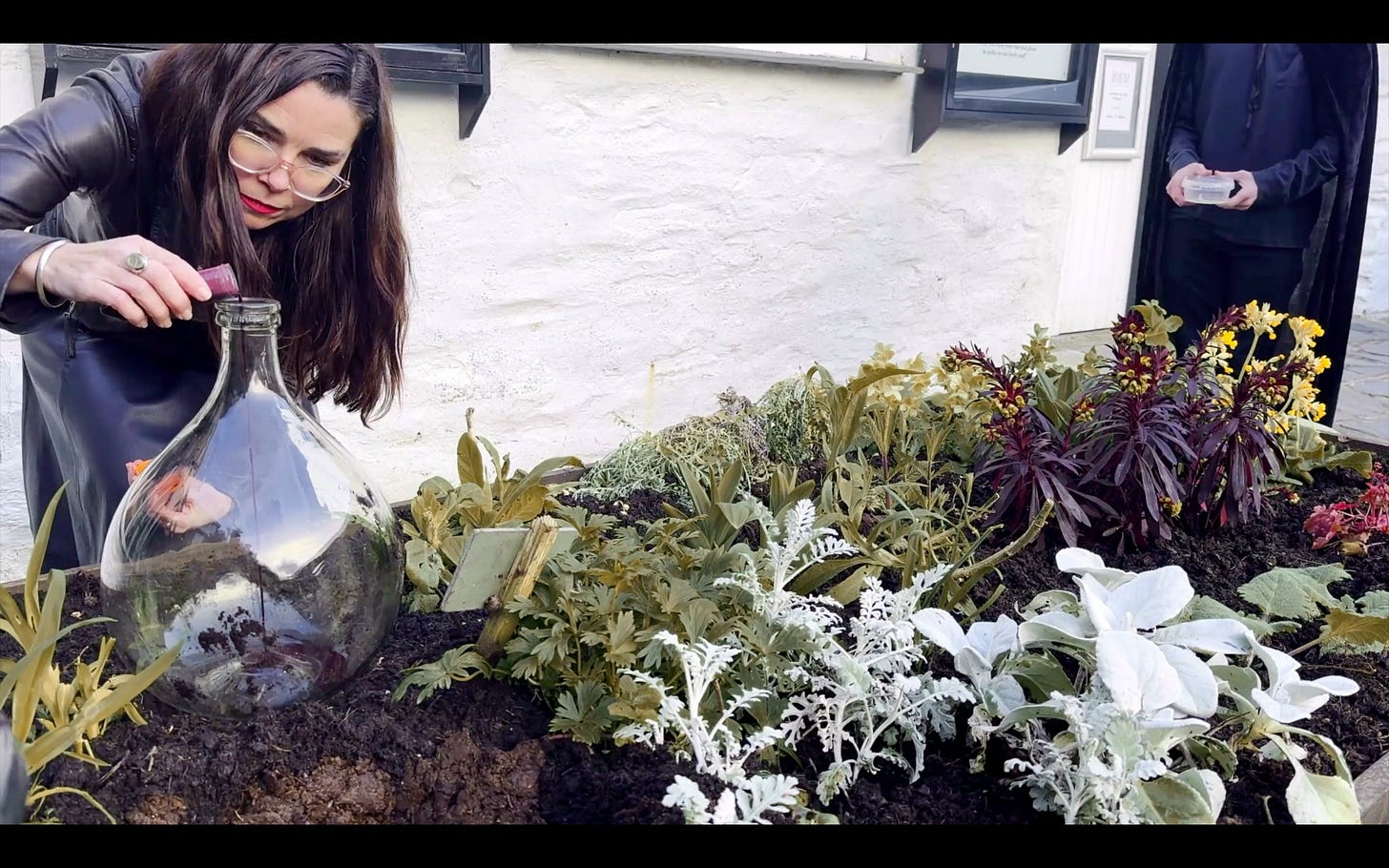
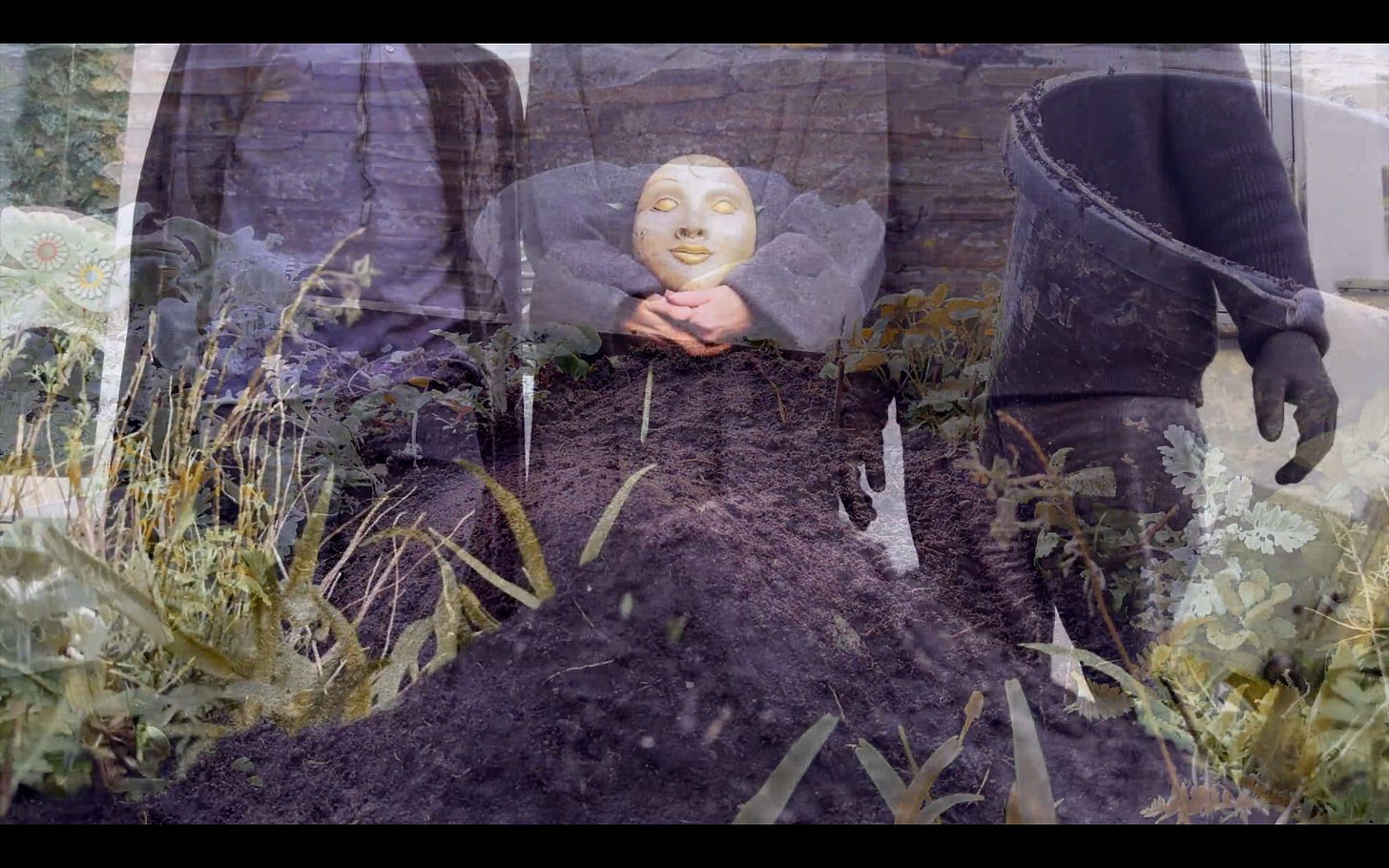
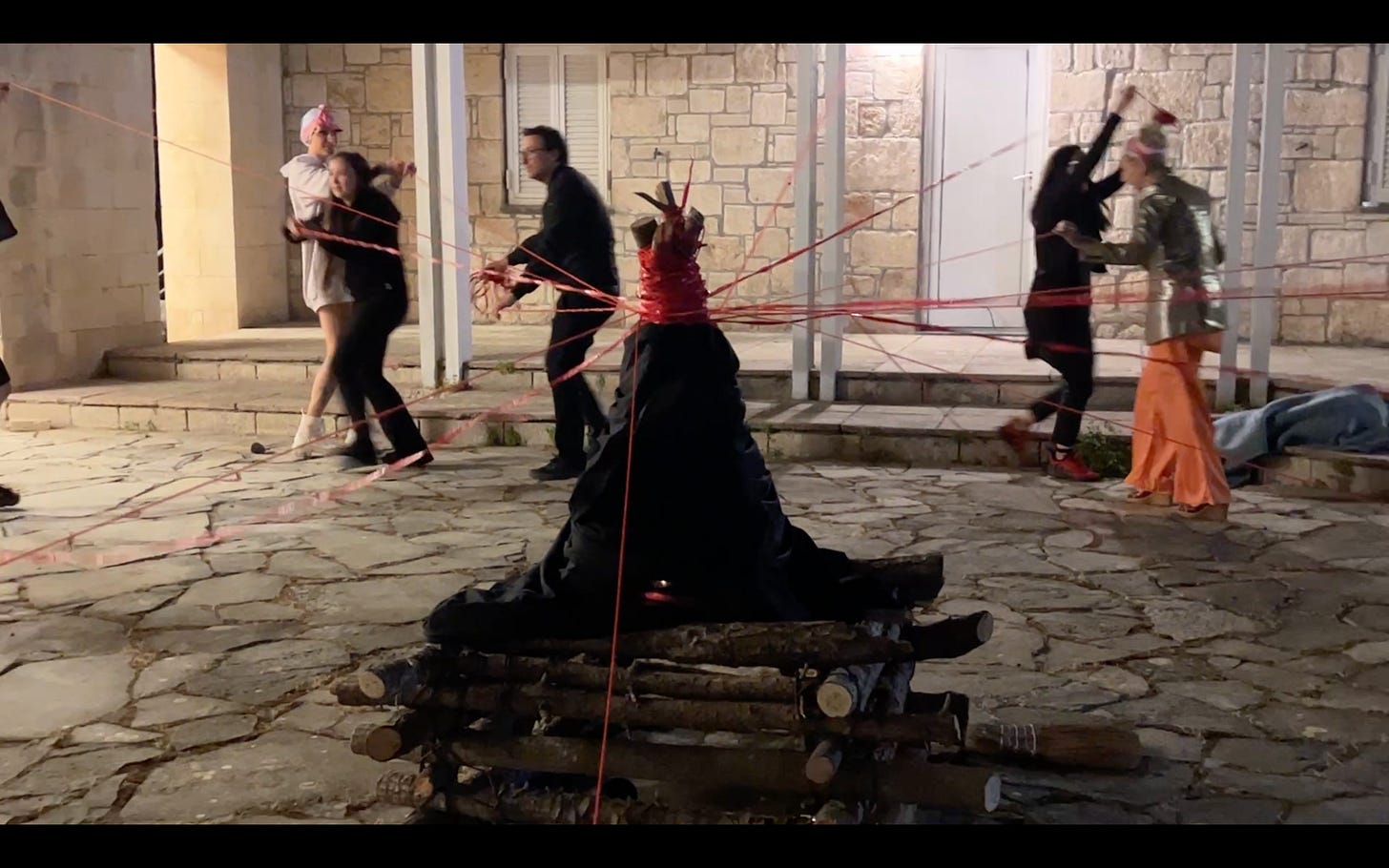
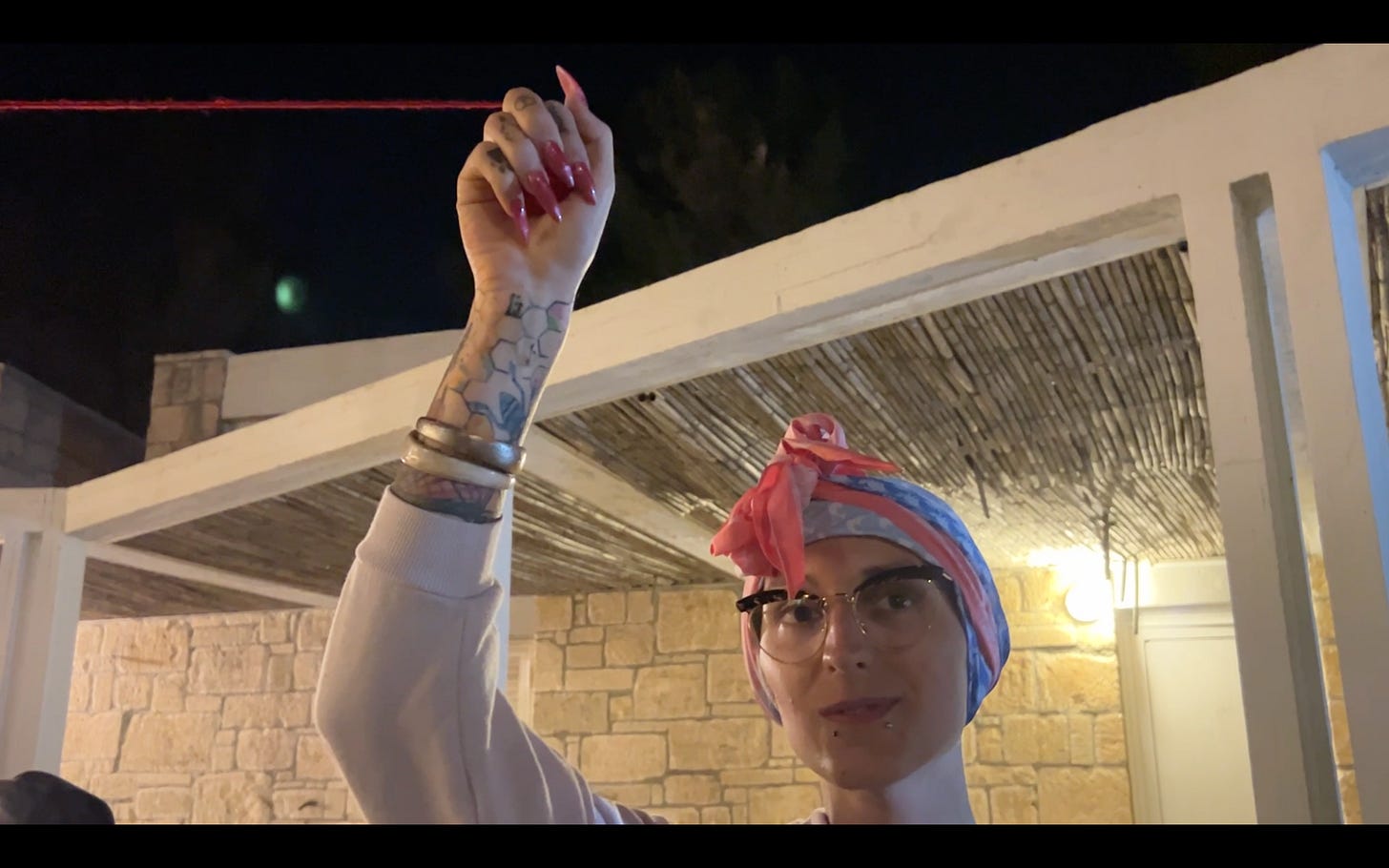
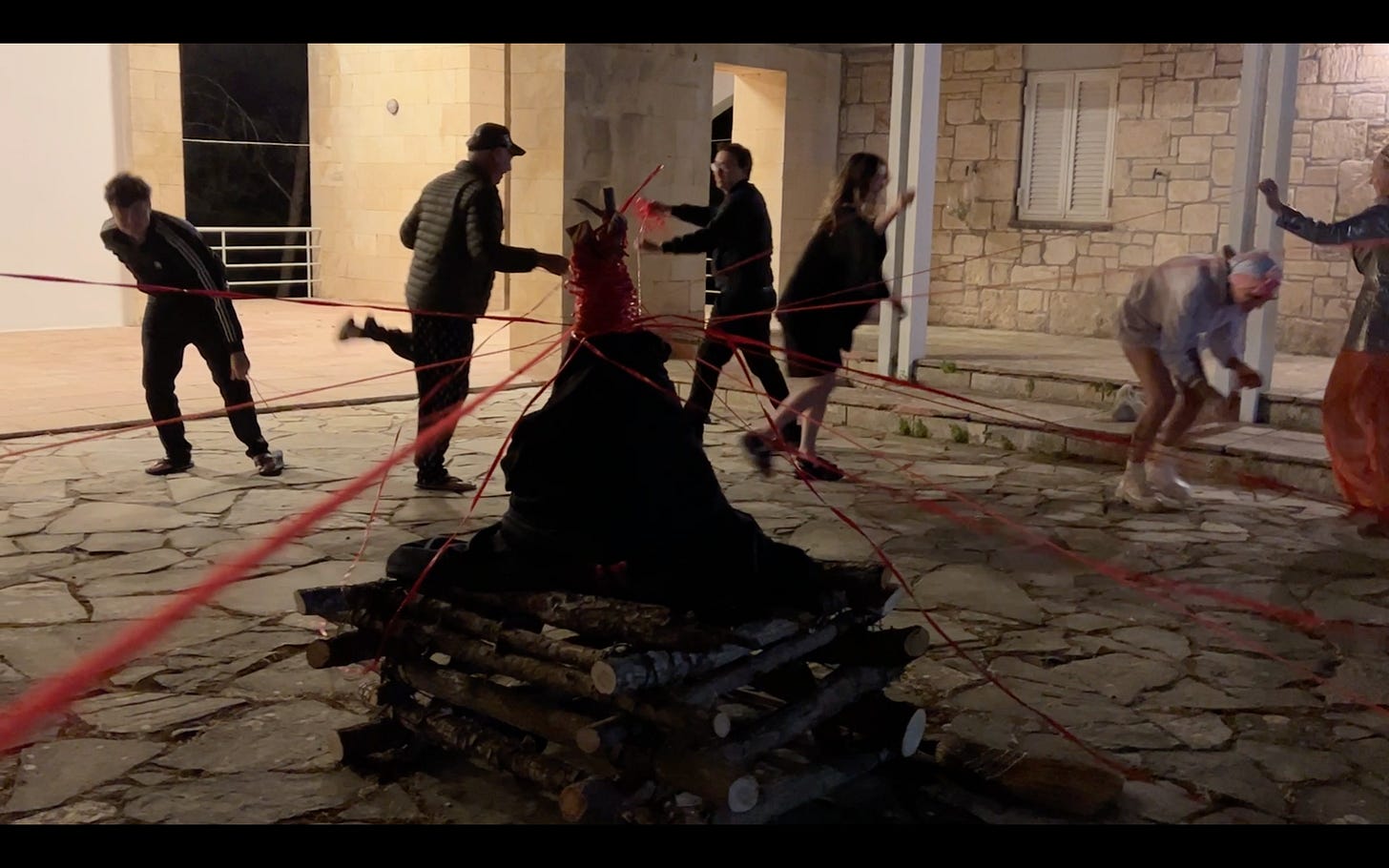
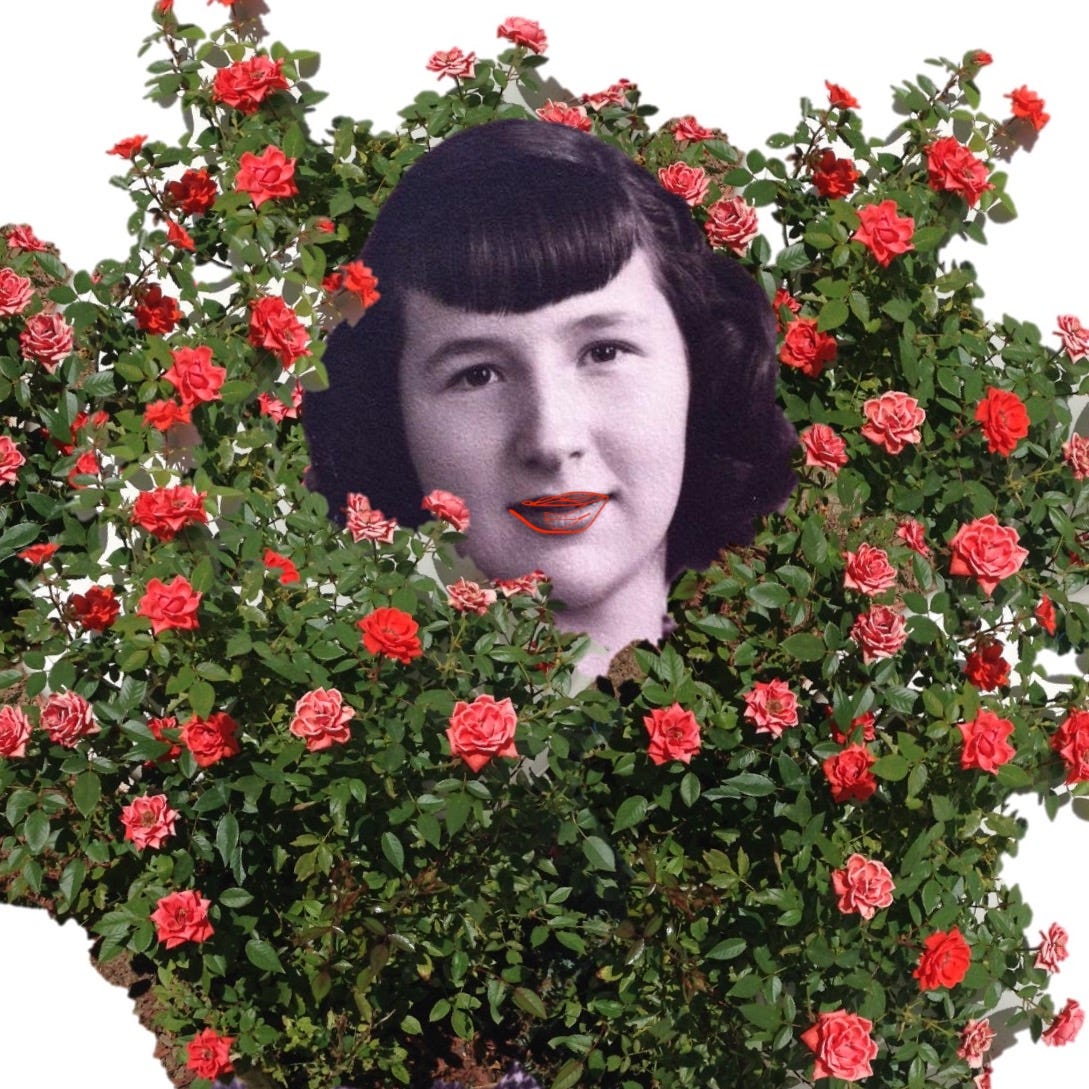
Beautiful journey and beautifully written. Thank you for sharing. Made my day!